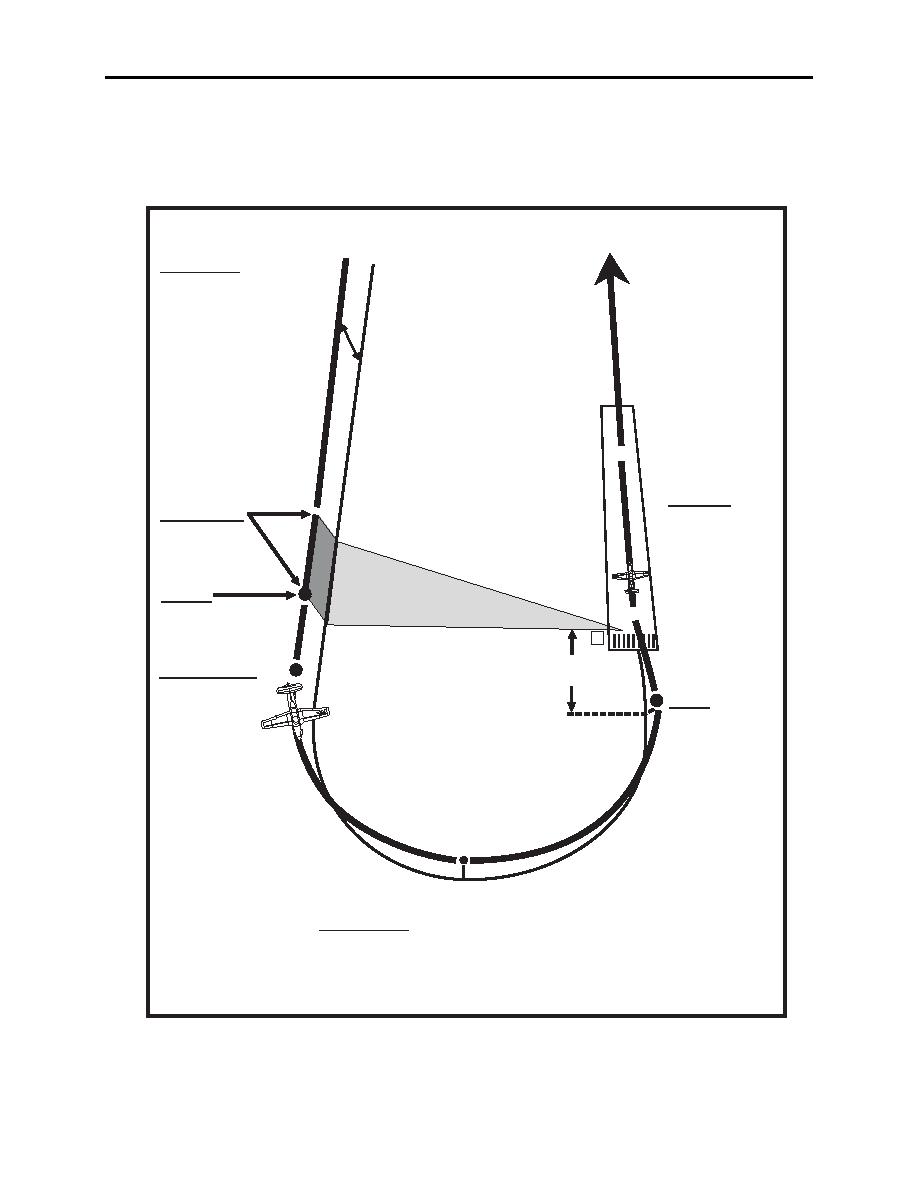 |
|||
|
|
|||
|
|
|||
| ||||||||||
|
|  CHAPTER SEVEN
T-34C CONTACT
settle gently onto the landing surface. Backstick pressure will need to be increased as
the airspeed decays. The transition should be executed at a rate such that the proper
landing attitude and the proper touchdown airspeed are attained simultaneously just
as the wheels contact the landing surface.
DOWNWIND
Perform and report
landing checklist.
Maintain pattern
altitude, 100 KIAS,
800 FT. AGL
3/4 WTD, and approx.
500-550 ft-lbs.
LANDING
TRANSITION
Do not decelerate
Reduce power
below 80 KIAS
to 300 ft-lbs,
until beginning
Trim Left & Up.
landing transition.
ABEAM
Transition Area
RDO
Cart
1200-1500 FT.
180 POSITION
Lower nose to 90
FINAL
KIAS attitude and
85 KIAS,
commence
1200-1500' of
smooth turn to
straightaway,
90 position.
100-150' AGL
Report "Gear and
paddles checked."
90 Position
90 POSITION
90 KIAS approx 450' AGL.
Perpendicular to RWY centerline.
Vary AOB and adjust power as necessary.
(Landing checklist should be reported complete.)
Figure 7-10 Full Flap Landing
7-16 LANDING PROCEDURES
|
|
Privacy Statement - Press Release - Copyright Information. - Contact Us |